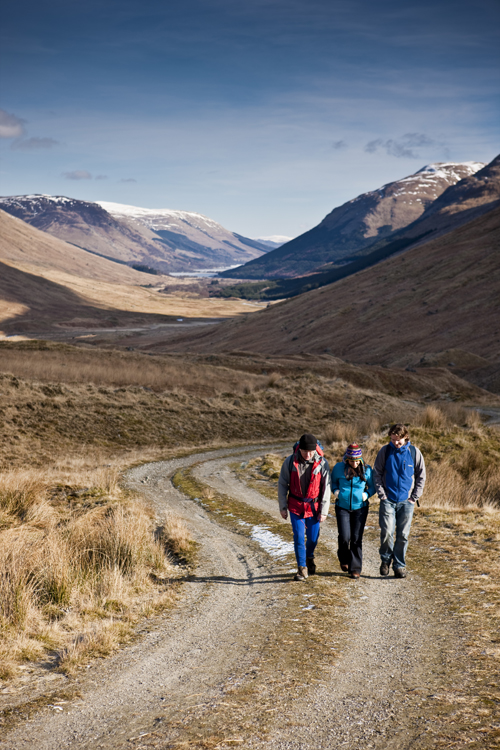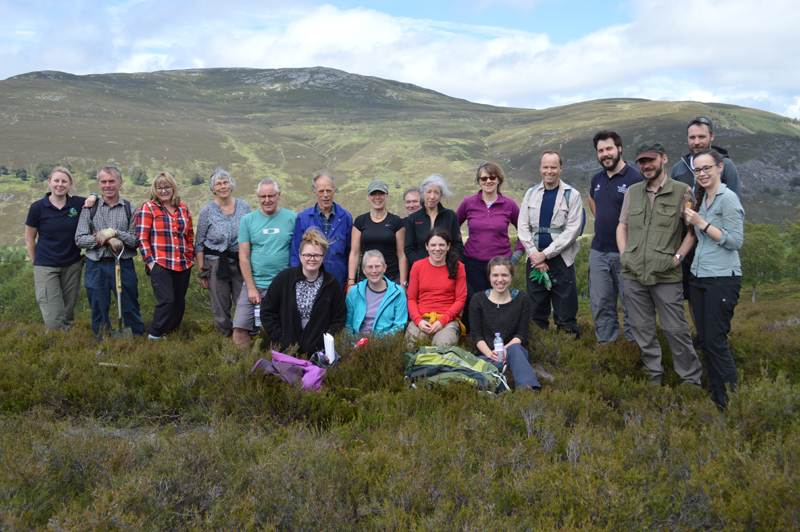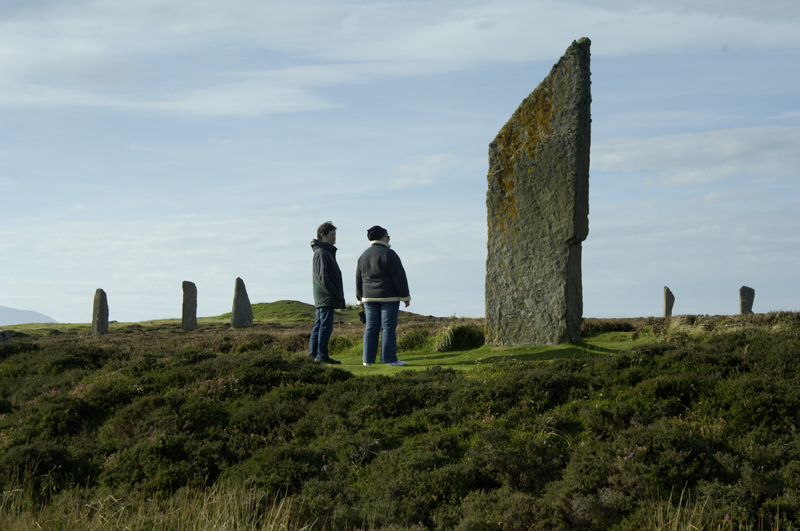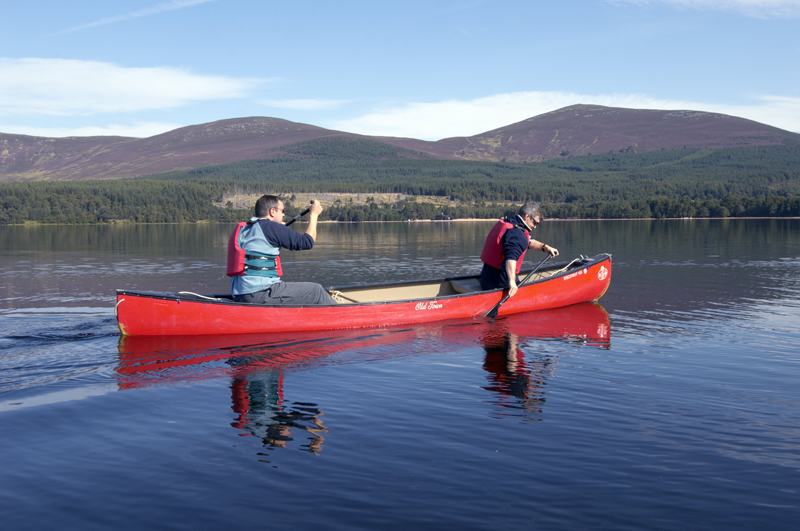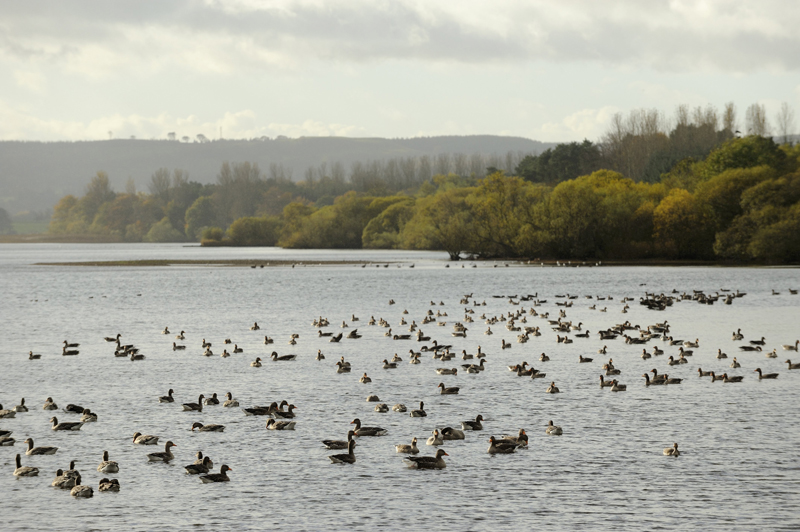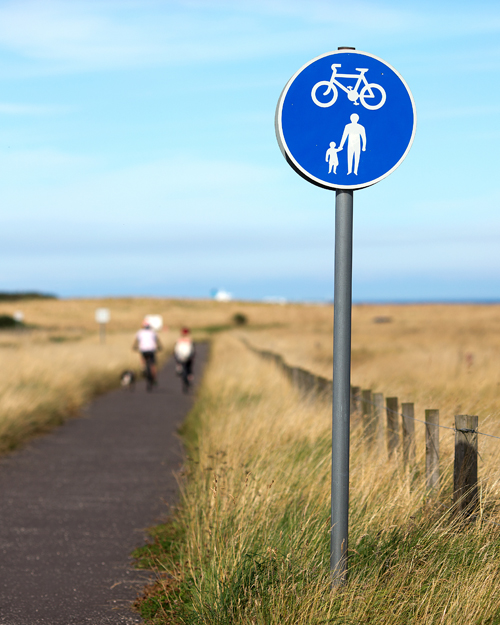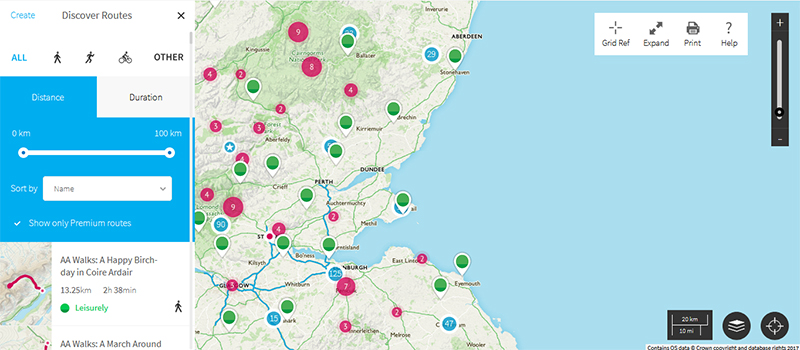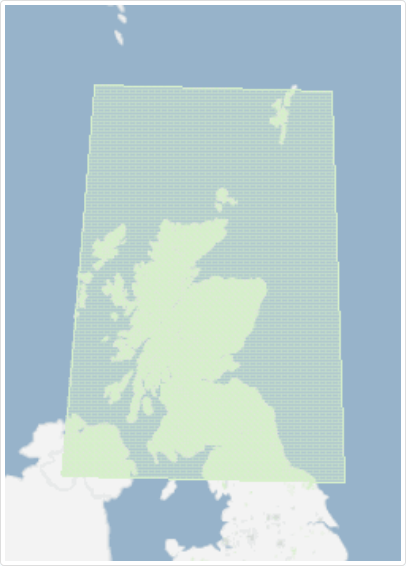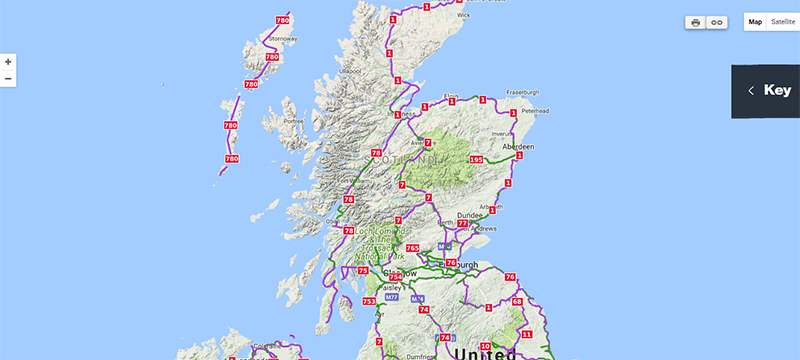Useful contacts
Central Scotland Green Network - A national development within the National Planning Framework which aims to make ‘a significant contribution to Scotland's sustainable economic development’. It’s aim is to change the face of Central Scotland by restoring and improving the rural and urban landscape of the area.
Cycling Scotland - Working with others, to help create and deliver opportunities and an environment so anyone anywhere in Scotland can cycle easily and safely.
Green Action Trust - The Green Action Trust is the trusted delivery partner focussed on environmental and regeneration outcomes for Scotland. They work with others across Scotland to turn ideas into tangible change, to build more sustainable communities and a greener country. They plan, collaborate and deliver positive action across the country to achieve Scotland’s climate change ambitions, and are specifically responsible for the delivery of the Central Scotland Green Network Plan.
Greenspace Scotland - A social enterprise, working with a wide range of national and local partners to improve the quality of life of people living and working in urban Scotland through the planning, development and sustainable management of greenspaces as a key part of the green infrastructure of our towns and cities.
Local authorities and National Park Authorities (Cairngorms National Park Authority; Loch Lomond & The Trossachs National Park) - Have a key role in promoting outdoor recreation opportunities in their areas and are responsible for preparing the core path plan networks in their areas. Core paths enable and encourage members of the public to exercise their rights of access.
NatureScot - Has a responsibility for promoting understanding of the opportunities for outdoor recreation, including promotion of the Scottish Outdoor Access Code.
Outdoor Recreation Network - Exchanging and sharing information to develop best policy and practice in recreation in the outdoors, across the UK and Ireland. They encompass all of the outdoors, from urban greenspace in towns and cities to remote, countryside and wilderness spaces across the British Isles.
Paths for all - A Scottish charity and a partnership of 28 national organisations, championing everyday walking as the way to a happier, healthier Scotland.
Scotland’s National Nature Reserves - A number of organisations manage National Nature Reserves in Scotland. These include NatureScot, Forestry and Land Scotland, National Trust for Scotland, Royal Society for the Protection of Birds, Scottish Wildlife Trust, Woodland Trust and South Lanarkshire Council.
Scottish Land and Estates - Represents landowners across Scotland, demonstrating good land ownership and management, and promoting better communication and mutual understanding between land managers and those who use the countryside recreationally.
Sustrans - Scotland - Works closely with communities, the Scottish Government, local authorities and other partners to ensure that the people of Scotland have access to a network of safe walking and cycling routes; making Scotland a healthy, happy place to live, work and play, and a sustainable and beautiful tourist destination.
The Scottish Government - The government will seek to increase accessibility, education and awareness.

